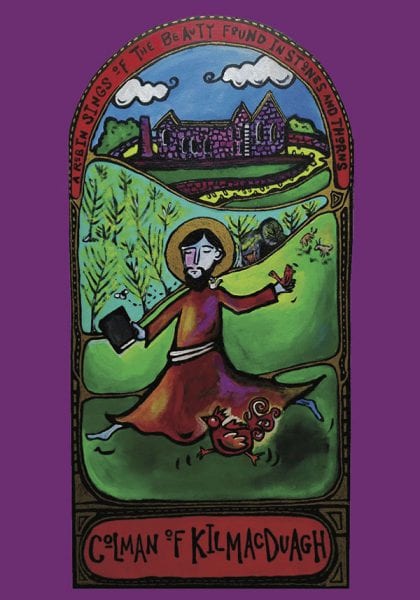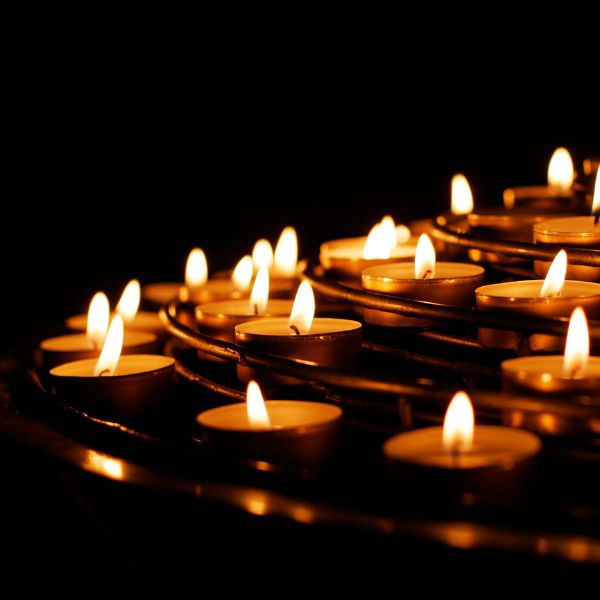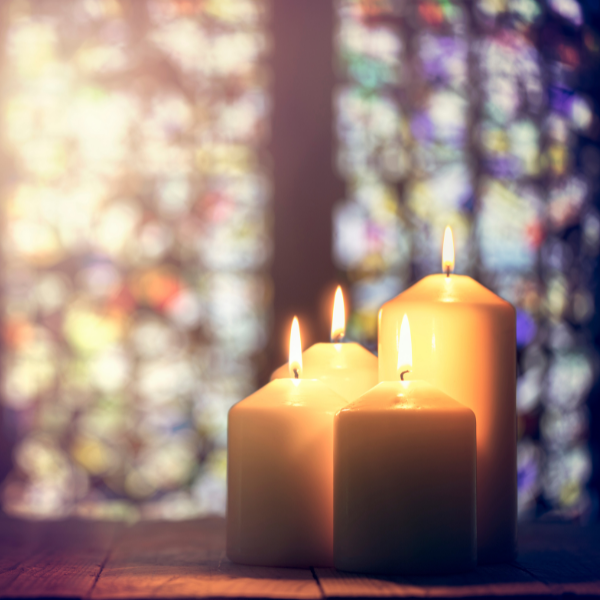

I shared a couple of months ago dreams I was having about playing the cello. After my third dream in about a month, I woke up and went for a walk to pray with the images that kept repeating themselves to me to pay attenton. Toward the end of my walk I went by Cornish college and was amazed to find a woman playing the cello outdoors on their lawn. This was synchronicity at work. I have continued to pray with that image, letting itself play within me.
Then, a couple of weeks ago I received some feedback on the lectio divina book I have co-written from a couple of readers we sent it to before submitting it to the publisher. In one chapter we talked about how in learning to pray, the goal is to eventually let go of the structure. Lectio divina has been divided into four steps of a process, but slowly as you continue to move into this way of praying, you gradually become the prayer itself and it unfolds within you rather than you needing to follow the steps anymore.
One of our readers wrote this comment in the margin:
as with most spiritual practices, it must become one’s own rhythm through repetitive exercise. I think that, initially, it is a gentle process the nature of which must be cultivated by beginning with basic training. I believe that too many oblates, for example, lose the time and space for practicing their lectio (or praying the offices, for that matter) largely because they are not in community where the discipline arises collectively. The individual initiative to get in practice and stay with it I think probably does begin as a technique to be mastered before it can become natural flow and then simply be a part of one’s being.
A friend of mine is a composer named Matthew Dallman. He describes this sequence as it applies to learning a musical instrument. We begin with a phase of “sensorimotor grappling,” where we are first learning how to handle the instrument – how to hold a cello bow, for instance, and sit with the instrument at the proper angle. Continued study and practice moves us into a phase of mastering what Dallman calls the “concrete rules and operations” of playing the particular instrument. In this phase, we are focused on getting our fingers in the “right” position on the cello neck and our bow strokes “correct” so that we are able to produce the cello sounds that our teachers can acknowledge as the right way for the cello to sound.
As our skill continues to develop, we may move into a phase where our physical manipulations of the cello are no longer at the front of our minds as we play. These have become what Dallman and others refer to as “ritual” because our ability to operate the instrument correctly has become second-nature and we can now play with ease while we attend to the nuances of the music itself. Finally, the combination of inherent talent and rigorous practice leads some cellists to a phase that Dallman calls “essential flow,” where the cellist herself is no longer focused on the instrument or the music so much as she has become an instrument herself through which the music seems almost to play itself.
It’s my opinion that these same stages of proficiency apply to any spiritual practice: from the “grappling” of making the time and space, and learning the process of lectio; to the “operations” of getting it into a regular habitual pattern; to the “ritual” ability to move gracefully through the process without consciously attending to each “step” and to be able to attend to the shifts as they arise without trying to manipulate them; to the “essential flow” of lived lectio. . .” -John Forman, Benedictine Oblate
Needless to say I was struck not only by the beauty of the passage, but also the resonance it had with my recurring dreams. I have been praying a lot about what this might mean for me. A couple of weeks ago I found an old horoscope in a drawer from a year ago. At that time my recurring dreams were of hidden rooms and while away on a retreat, my husband found my horoscope in the local free paper which read that the year ahead was going to be about uncovering hidden rooms in my life. I have been reflecting on those hidden rooms I have indeed uncovered, those wonderful places of new discovery in my life. The invitation now though seems to have shifted, now that I have been able to move more deeply into my identity as contemplative, writer, and artist and flung wide open the doors to those rooms and inhabiting them in ways I had never before allowed myself. This is the line that resonated most for me: “the cellist herself is no longer focused on the instrument or the music so much as she has become an instrument herself through which the music seems almost to play itself.” I felt the dream unlock another layer, an invitation to lose my self-consciousness at who I am and how I have been called — to becoming the unique instrument of God that I was created to be.
While I was most captivated by how this related to my dreams, I love what John wrote about applying this metaphor to the spiritual life as well. When beginning any practice such as prayer or art-making, we will inevitably feel self-conscious and need to tend to the steps or stages of the practice at hand. But with time, as we learn the tools or the method, perhaps we finally discover ourselves at a point where we no longer think about these things as consciously and they have become woven into our way of being in the world.
A friend today asked the question: “Who am I knit to be?” That question sung to me because it evoked the image of a sacred presence knitting us from the beginning into who we most truly are. Yet we often have to spend years of hard work practicing and exploring different possibilities before we suddenly discover the “essential flow” and realize we are suddenly becoming who we have always been.
Who are you knit to be? What are the hidden rooms of your life? What is the instrument of your life you are invited to play? Where do you experience “essential flow”?
-Christine Valters Paintner@ Abbey of the Arts






5 Responses
Thanks for the image Wendy, it is very lovely!
Welcome Teresa, thanks for your kind words.
Thank you Deb, I actually have been a RevGals member for a while, just switched to the new blog. I appreciate the welcome!
Cathleen, thank you for making the connecton with my open door logo, I hadn’t thought of that explicitly, but it is a lovely deepening of the image.
Blessings, Christine
More rich imagery and thoughts you share with us, Christine! I think synchronicity is a wonderful experience. To the image of hidden rooms, I would add the door that is part of your site – you’ve not only found the rooms, you’ve opened the door and invited others in!
I appreciate John’s words, and drawing the parallel to our spiritual journeys and life itself. What a challenge it can be to trust this process, and to move through each stage in its own time.
Thank you for this door that you have opened and the hospitality you offer.
Blessings, Cathleen
Wow
This is wonderful stuff – welcome to RevGalBlogPals!
deb
I just happened upon your website and exploring it is giving me so much delight.
This particular post is both enjoyable and helpful: the images running through it and the very pertinent advice from John Foreman will stay with me for a long time. Thank you.
Wow, this feels like such a powerful dreamline Christine, I’m excited for you!
Thought I’d share with you my very favorite chello image, here: http://www.dodelviolins.com/home.htm
I have always loved the feeling there. And the woman in that image is a chellist and a master violin maker .